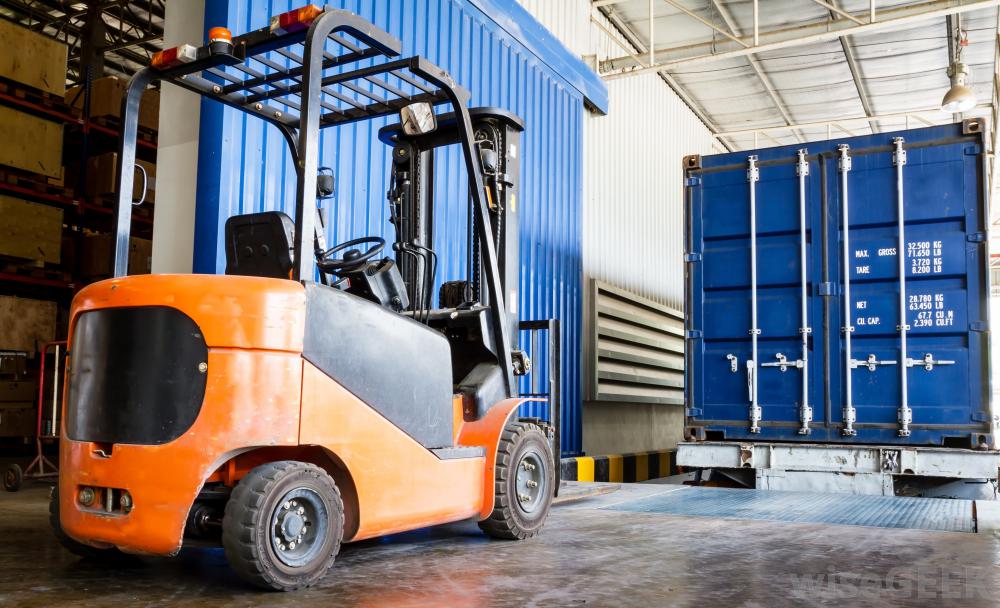I’ve spent the last few months overhauling our warehouse so I’ve been doing tons of research on best practices for all things warehouse related. In addition I’ve had 3 warehouse workflow experts with 70 years of combined experience come in to review my setup and tweak it, so I’m pretty confident we got it right. I thought I’d share a broad overview of what we’ve set up. Let’s start where your inventory starts: receiving.
Receiving is the most important part of the warehouse cycle. You have the power in receiving to set everything up brilliantly or to screw things up from the start removing all chances of efficiency. Most small warehouses chose the latter option. Typically an inexperienced warehouse will just throw inventory on the shelf and not think twice. The problem is of course that when it comes time to ship you have a headache on your hands, especially if your business and warehouse grows. You’ll find yourself wandering for hours trying to locate items and even if you find it, if it’s not labeled properly, you might be pulling the wrong thing. The key is to spend much more time on receiving so that the shipping process is the easiest procedure in the warehouse. If you only implement changes in one department in your warehouse, make it receiving. Below I’ve outlined the steps we take in receiving to ensure things are put away in properly. We unload multiple containers a day so our volume is exceptionally high for E-commerce, but the principles should help anyone with a busy warehouse.
1. Unpack directly to the cart. When you’re unpacking your boxes or containers you should try and reduce the labor to as few steps as possible. Instead of laying everything out on the floor or a packing table unpack each item, ensure it’s labeled, and put it in the cart that you’ll bring it into the bins with.
2. Ensure everything is labeled. Even if your items come in unlabeled, you need to make labels for each individual item in stock. If you don’t do this you are forever inviting mis-shipments into your warehouse. Memory can only take a picker so far.
3. Ensure any packaging that is removed before shipping to customer is removed at this time. If you receive items in case packs now is the time to break them down. You’re going to have to do it at some point so now is the best time to do it. This way you eliminate the risk of the new guy shipping a 10 pack to a customer that ordered 1. And you speed up the speed with which you can ship the item once it’s been ordered. The same goes for returns. Don’t put them on the shelf until you’ve repackaged them.
4. Lookup the locations where this SKU exists and try to add it to the same bins. This assumes you have locations and track locations, and you MUST HAVE LOCATIONS AND TRACK THEM. I am continuously baffled by how many warehouses don’t do this. Both the warehouses I worked in started without locations but it quickly became the biggest problem in the whole place. If you do have locations excuse the rant, just ensure you track each location at put away and always try to keep SKUs in the same locations for more efficient storage. If you’re in a high volume warehouse like I am, preparing and planning where items will go is a full time job in and of itself.
5. Count and verify everything. It seems so rare for a purchase order to arrive correctly. It’s even more rare if you don’t keep the supplier on their toes by calling them out on missing items. Unless you sell cell phone cases or something else extremely cheap. The cost of the labor to verify the shipments should typically pay for itself with discovered discrepancies. This will also ensure your inventory numbers iare kept up.
I think most of these are pretty common sense procedures, the secret to success is to actually do them with discipline. The temptation to throw it on the shelf is always there, so if you need to make sure everyone is on board, just do a physical inventory the weekend before you start like I did. Nobody wants to get it wrong after that!




